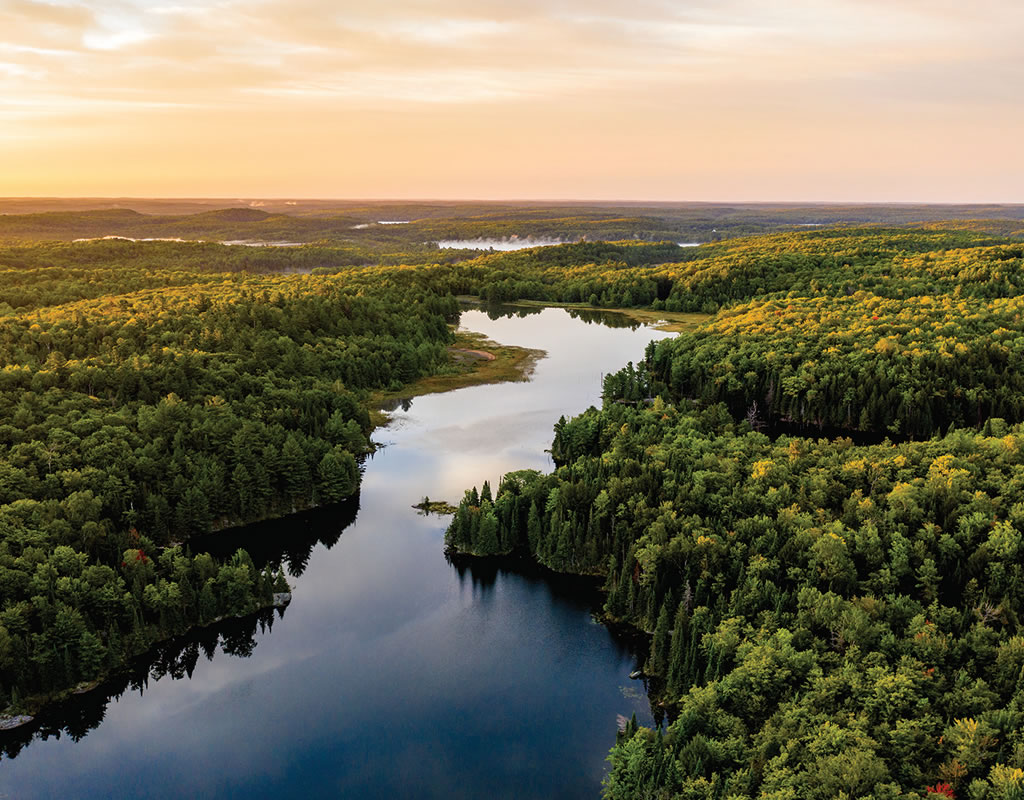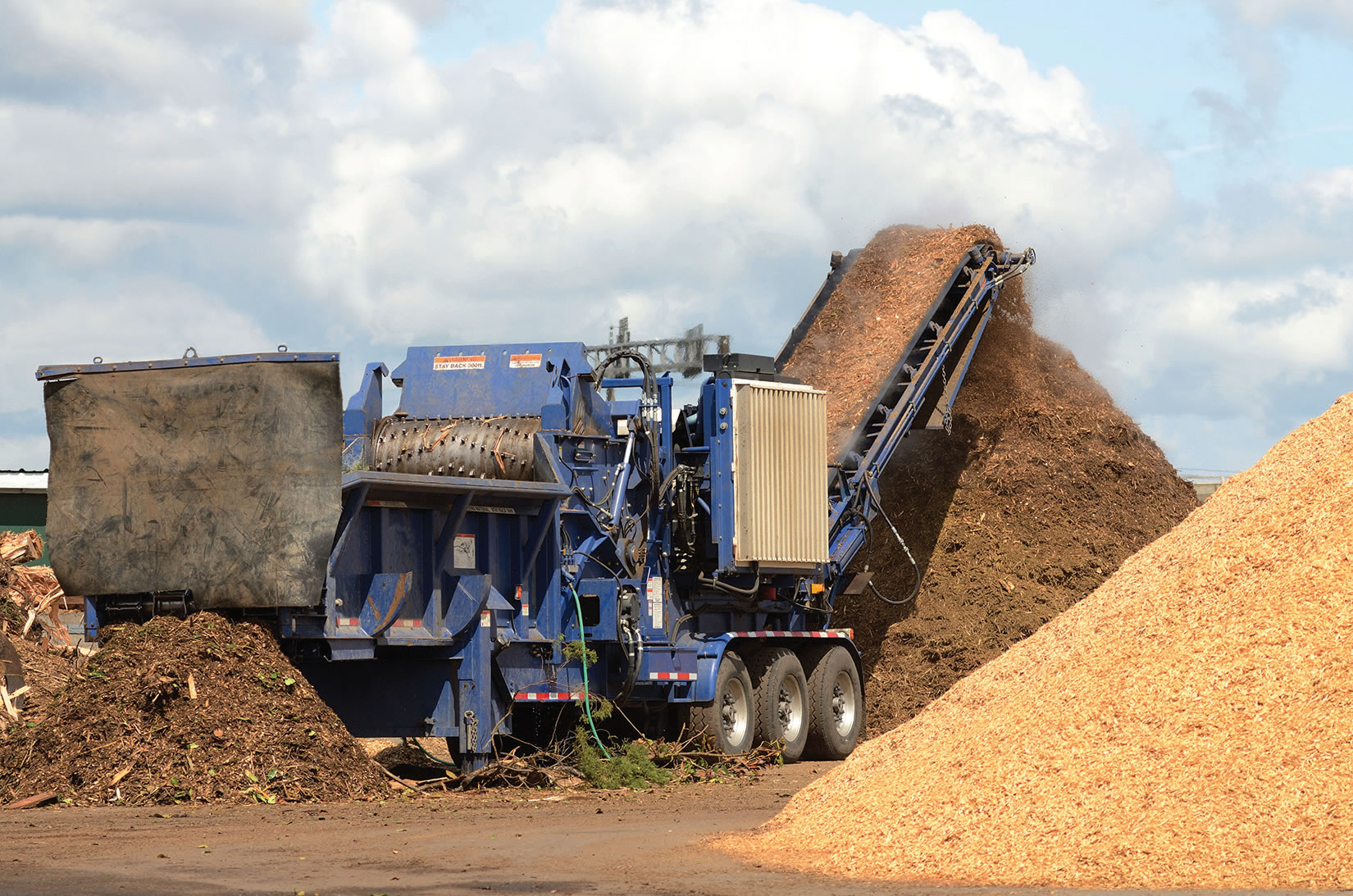By Kathleen Marquardt
The U.S. Environmental Protection Agency (EPA) and the Department of Army finalized the Navigable Waters Protection Rule to define “Waters of the United States” (WOTUS). This probably caused a large number of people to yawn; few know what the WOTUS are or the importance of this ruling. But for those who have been affected negatively for decades, this ruling is close to monumental.
A bit of history is necessary to fully understand what we are seeing.
In 1969, the Cuyahoga River in Ohio caught fire. Oily debris, which was trapped beneath two wooden trestles, was ignited by sparks from a passing train. The fire reached heights of over five stories and lasted nearly half an hour. This was the dirtiest river in the country, but others were nearly as polluted.
Determined to resolve the issue of pollution throughout the United States, Congress passed the National Environment Policy Act (NEPA), which was signed into law on January 1, 1970. This act established the Environmental Protection Agency (EPA), which shortly put forth the Clean Water Act (1972), regulating discharges of pollutants into the waters of the United States and regulating quality standards for surface waters. It also mandated that all rivers be hygienic enough to safely allow mass amounts of swimmers and fish within the waters by 1983.
Early in his administration, President Donald Trump, issued an executive order mandating that the EPA and Army Corps review the broader Obama-era interpretation of both WOTUS and the Navigable Waters Protection Rule. The EPA referred to the assessment and change of the WOTUS rule as Step 1, in the agency’s repeal of Obama-era regulations, and issued a final rule that took effect on Dec. 23, 2019.
Step 2, concerned the definition of “Navigable Waters” as it relates to environmental protection, which is covered in this ruling. Both people and the environment benefit with the new WOTUS rule by removing the confusion of jurisdiction. The delineation, as to which level of government, federal or state, oversees which body of water, has finally been well defined.
“Today, thanks to our new rule, farmers, ranchers, developers, manufacturers, and other landowners can finally focus on providing the food, shelter, and other commodities that Americans rely on every day, instead of spending tens of thousands of dollars on attorneys and consultants to determine whether waters on their land fall under the control of the federal government,” announced EPA Administrator Andrew Wheeler.
“… instead of spending tens of thousands of dollars on attorneys and consultants… .” Strong words from an EPA administrator, but they attest to the enormous overreach of the 2015 Waters of the United States (WOTUS) rule. This new ruling both restores weakened private property rights and does away with some of the more egregious regulatory controls of the old act. That is not an exaggeration. A good example of the problem with the old act is the story of John Pozsgai, a first-generation immigrant, who took title to city land next door to his property that was being used as an illegal dump, and told the city he would clean it up. Amongst the other detritus in this dump were over 5,000 tires, over one thousand of which were blocking a storm water drainage ditch that had been built by the township in 1936. He cleaned out the junk and covered the area with topsoil. For that action, Pozsgai was sentenced to 27 months in federal prison for placing topsoil on his property, because EPA bureaucrats decided that a portion of his lot was a marginal wetland which connected to ‘navigable waters of the United States -- in spite of the fact that the only water came from the 1936 storm drainage ditch.
There are many stories like Pozsgai’s. Too many people have been fined many thousands of dollars, denied use of their property, and, yes, even imprisoned by the use and abuse of the old law. This new ruling was too long in coming for many Americans, but hopefully reason, logic and the rule of law will prevail and, if the law is again altered, it is toward even more protection of rights while safeguarding our waters.
This ruling retains federal jurisdiction over “navigable waters of the United States,” as provided in the Clean Water Act. The ruling says: “For the first time, the agencies are streamlining the definition so that it includes four simple categories of jurisdictional waters, provides clear exclusions for many water features that traditionally have not been regulated, and defines terms in the regulatory text that have never been defined before. Congress, in the Clean Water Act, explicitly directed the Agencies to protect “navigable waters.” The Navigable Waters Protection Rule regulates these waters and the core tributary systems that provide perennial or intermittent flow into them.
The four clear categories of waters that are federally regulated are:
The territorial seas and traditional navigable waters, (like the Columbia and Mississippi Rivers)
Perennial and intermittent tributaries to those waters,
Certain lakes, ponds, and impoundments, and
Wetlands adjacent to jurisdictional waters.
The final rule also details 12 categories of exclusions, features that are not “waters of the United States,” such as features that only contain water in direct response to rainfall (e.g., ephemeral features); groundwater; many ditches; prior converted cropland; and waste treatment systems.
The final rule clarifies key elements related to the scope of federal Clean Water Act jurisdiction, including:
Providing clarity and consistency by removing the proposed separate categories for jurisdictional ditches and impoundments.
Refining the proposed definition of “typical year,” which provides important regional and temporal flexibility and ensures jurisdiction is being accurately determined in times that are not too wet and not too dry.
Defining “adjacent wetlands” as wetlands that are meaningfully connected to other jurisdictional waters, for example, by directly abutting or having regular surface water communication with jurisdictional waters.
Neither ditches nor other drainage areas are included in the new rules, which makes a lot of sense. They do not affect the environment negatively when built according to regulations.
The 2015 ruling would have placed almost all navigable waters under federal control, even those on private property, thus giving the federal government control over considerable land as well.
Dr.Bonner Cohen of CFACT, has pointed out, “Delivering on candidate Trump’s 2016 campaign promise, the administration has brought clarity to the statute and relief to landowners. In Step One, announced in September, the White House repealed the Obama WOTUS rule in total. Federal courts had already struck down large sections of the rule, and now the whole monstrosity has been scrapped. Now, in Step Two, the administration is actually defining key waters-related terms of the law whose lack of definition have bedeviled farmers, ranchers, and others rural landowners for decades.”
Cohen added, “What have been changed/removed were the overreaching rules and regulations that the federal government has had over bodies of water from mud puddles to ponds to oceans.”
In a news-release by both the EPA and the US Army, R.D. James, Assistant Secretary of the Army for Civil Works stated: “Having farmed American land myself for decades, I have personally experienced the confusion regarding implementation of the scope of the Clean Water Act. Our rule takes a common-sense approach to implementation to eliminate that confusion. This rule also eliminates federal overreach and strikes the proper balance between federal protection of our Nation’s waters and state autonomy over their aquatic resources. This will ensure that land use decisions are not improperly constrained, which will enable our farmers to continue feeding our Nation and the world, and our businesses to continue thriving.”
This Ruling is not, as some say, the destruction of the Clean Water Act. Federal jurisdiction over navigable waters of the United States is just as it was written in the 1973 Clean Water Act. It was the 2015 determination to broaden the federal jurisdiction to bodies of water not specified in the Clean Water Act in an attempt to extend that jurisdiction to other bodies of water not specifically identified in the 1973 Clean Water Act that has been blocked. This extended jurisdiction to other bodies of water not specifically identified in the 1973 Clean Water Act. And, as many Senators noted in a US News and World Report, “Washington bureaucrats have gone beyond their authority and have no business regulating irrigation ditches, isolated bonds and other ‘non-navigable’ waters as waters of the United States.”
The 2015 rule would have forced landowners to seek permits from the Environmental Protection Agency (EPA) and/or the U.S. Army Corps of Engineers to undertake any activity on their property that might affect a nearby body of water, be it a drainage ditch, stock pond, or puddle.
Obviously, this won’t be the end of the discussion. There will be lawsuits to up-end this ruling and to reinstate the 2015 ruling. But for now, at least on the issues of clean waters and who owns or controls them, we have reasonable regulations on the books.
Related News
Subscribe Today
Every other month, Soil & Mulch Producer
News brings you important stories about:
• New Technology
• Products
• Industry News
• Research Studies
Soil & Mulch Producer News features articles and services relevant to your daily operations.











